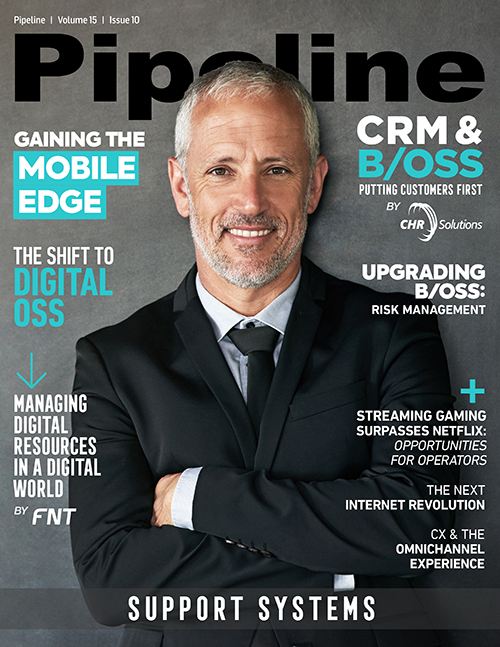Understanding the Internet Revolution

Figure 3: Technology Adaption to achieve 50 million users
Another impact of Internet 1.0 is the rapid increase in information availability and knowledge-sharing. We all remember when knowledge was much harder to come by. For instance, you called the reference desk at the public library for a research fact or you had to attend in-person training to learn a specific skill. Now, a simple Internet search turns up many readily available educational videos on a variety of subjects—knowledge we can tap into and share in an instant.
We also used to rely on physical advertisements in newspapers, magazines, and flyers to find out about products and upcoming events. The use of physical advertisements, however, was not cost-effective. As time moved on and our sophistication progressed, advertising also changed to adapt to technological advancements. Today, digital is a key part of every successful company’s strategy; without it, companies are eliminated through competition. Examples abound of companies in former leadership positions that have fallen by the wayside of relevance because they did not adapt to technological advancements.
Internet 2.0: Meshed Cloud

Figure 4: What is Internet 2.0, Meshed Cloud
With Internet 2.0 (Fig. 4), the cloud provider and user relationship debuted. From the arc of Internet 1.0 history, we can see the natural progression from a centralized to distributed to a meshed network, a series of advancements made in the interest of enhancing user experience. We already recognize large centralized cloud players, including Amazon, Google, Microsoft, CenturyLink, and many other cloud providers. Each centralized cloud player has its own specific unique set of strengths and weaknesses and its particular cadre of targeted users.



















